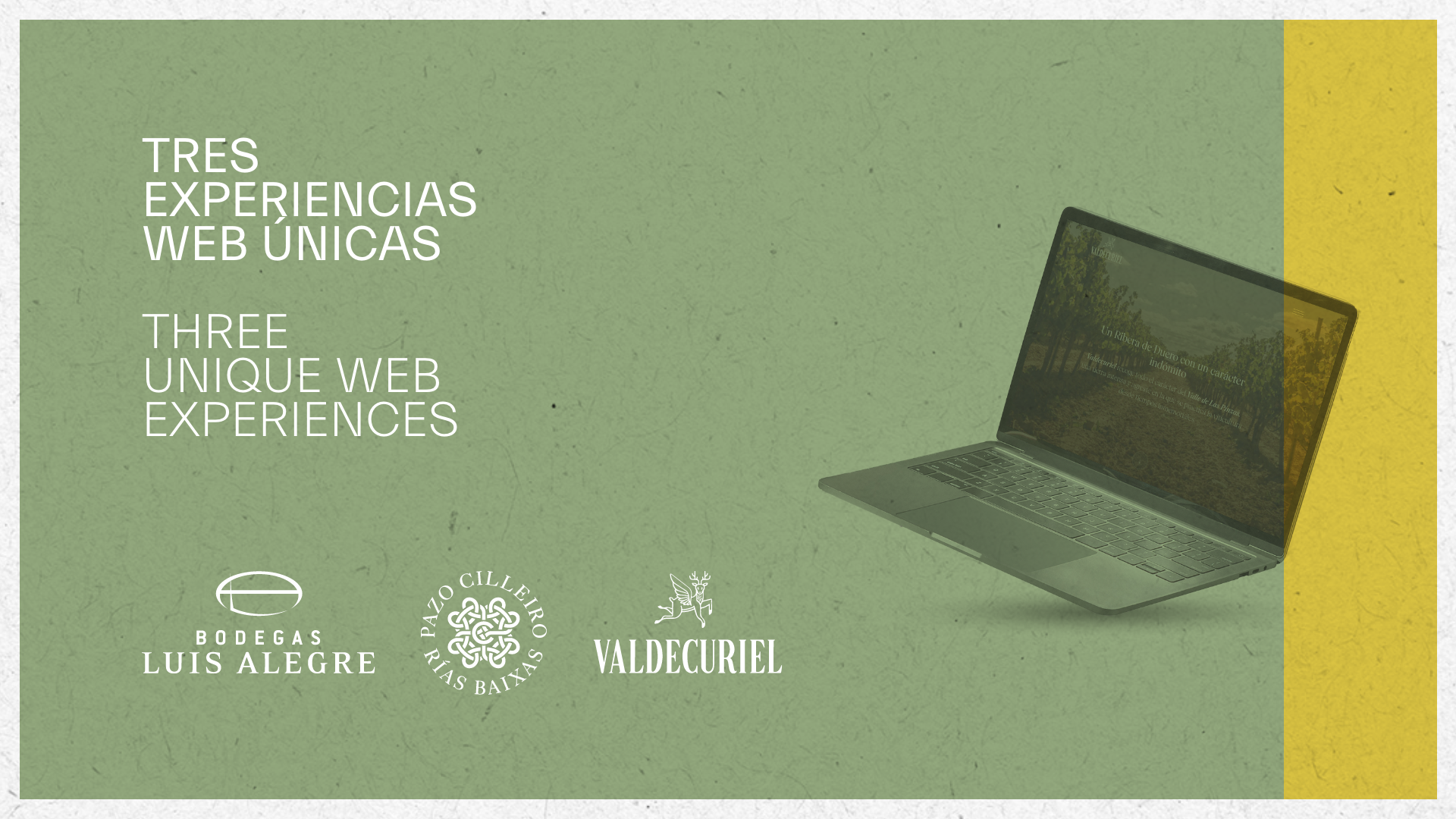How to make the most of a hill

Ollauri's winery district lies on the slopes of the Churrumendi hill
The small village of Ollauri, where our Conde de los Andes winery was born and has its headquarters, maintains an urban layout that is adapted to its orography. Its core forms a semicircular shape around the northeastern slope of the hill known as Churrumendi.
Houses are staggered along the longitudinal and transversal streets cutting through the slope. On the highest spots, just below the flat top of Churrumendi, underground cellars have been part of the layout since ancient times.

The soils on the slope contain hard materials, mainly sandstone, and other soft materials such as clay, marl and gypsum. This morphology facilitates excavation. Furthermore, its little or non-existent plasticity means that the cellars have remained almost intact for centuries. These cellars, also found in other towns across Rioja, were a key factor in the development of a tradition based on the ageing of wine. It is well known that underground cellars provide suitable conditions for ageing, as Gabriel Alonso de Herrera stated in 1513 in his Treatise on General Agriculture. According to this author, a good winery should be "deep, cold, dry, dark, thick-walled and with a well-maintained roof, preferably arched". Herrera considered that building wineries was essential, because "if a good harvest is followed by a good winery, very rarely will there be a bad wine".
With this knowledge in mind, the winemaking families of Ollauri drilled the northern face of the hill with commanding views of the village. Our predecessors, the Paternina family from Ollauri, built several "calaos" or underground cellars and acquired others until completing the magnificent set of galleries that we enjoy today. They are still used for the storage of our Conde de los Andes wines.
 The "Calao de los Gallegos"
The "Calao de los Gallegos"
One of the longest and most striking cellars is known as "Calao de los Gallegos". It was excavated between the end of the 18th century and the beginning of the 19th century. It was named after the seasonal workers from Galicia who were in charge of its construction. Skilled stonemasons, they were also keen observers of the unique geology of Churrumendi: they excavated the rock through the soft material stratum between two sandstone horizons.
If you visit the Conde de los Andes cellars, you will clearly see the marks on the walls. They are a testimony of the efforts of those hard-working labourers who, despite the little time they had after all the hours spent in the vineyard, set to carve the stones of Rioja.
Read more stories about Ollauri and our Conde de los Andes winery:
- One of the oldest tasting rooms in the world
- Ollauri in the 20s: a legendary dinner
- Three stories from Ollauri
- Jovellanos: visit to Conde de los Andes


You may also be interested in:



